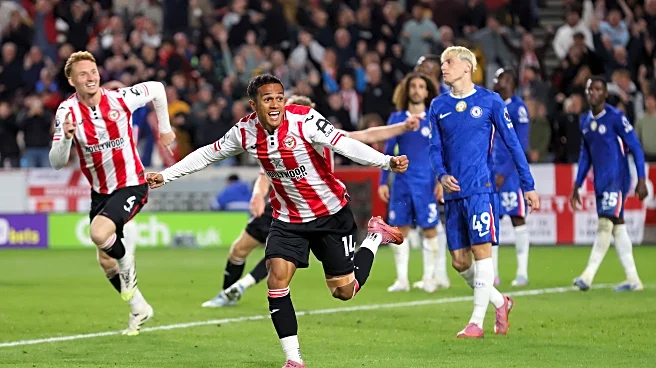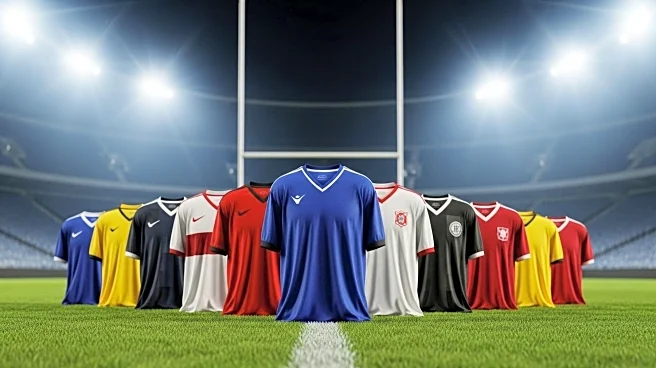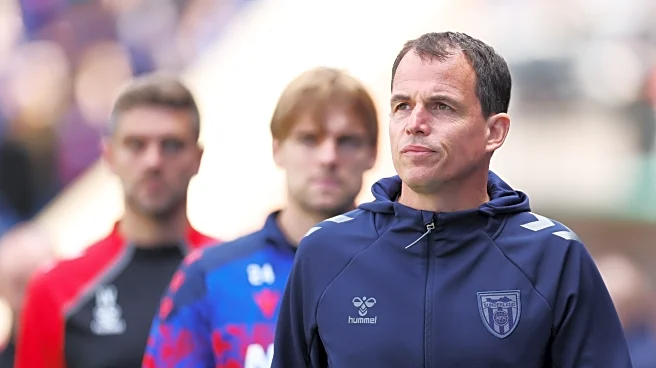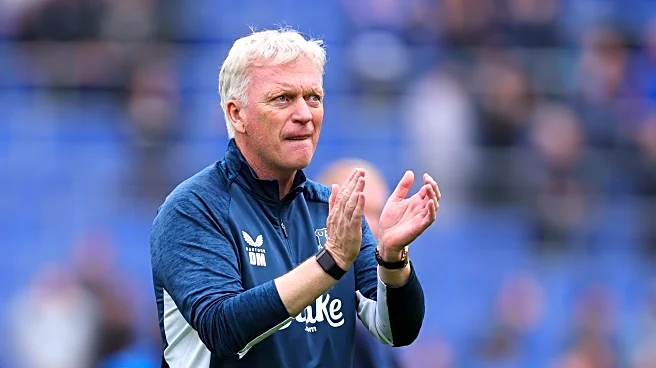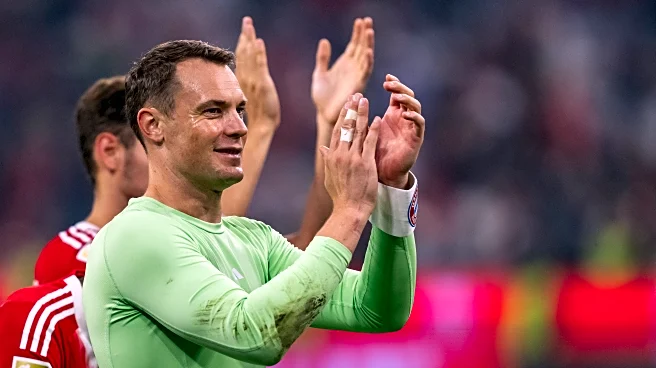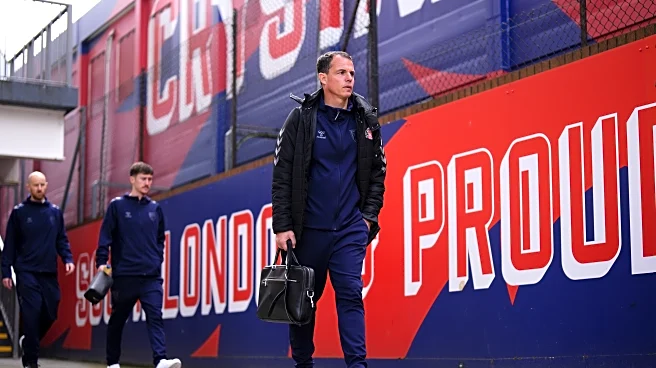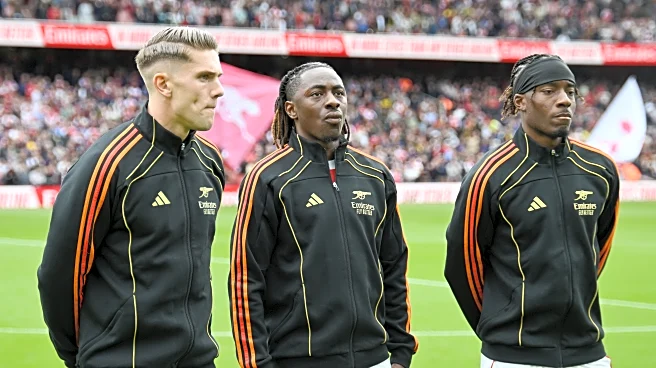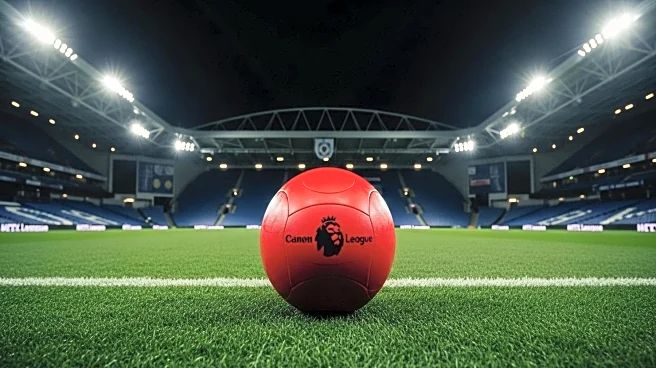Being a fan of “The Beautiful Game” in general, and specifically Sunderland AFC, means that it is easy to bond with other fans over football. The opposite can also be true on occasion, as supporters of some local teams currently below us in the league make connecting difficult, but generally speaking, the game brings people together.
My first permanent job was at Glaxo Group Research in Ware, Hertfordshire, within easy reach of North London. The direct road connection was via the A10 to White Hart
Lane and “The Smoke” in general, so this was and still is definitely Tottenham Hotspur territory, with a few Arsenal fans thrown in for good measure.
Spurs stars of that time, such as Pat Jennings, Graham Roberts, Tony Galvin, and Sunderland-born Mickey Hazard, all lived locally. A few years on, Sunderland fan and later player Chris Waddle moved next door to my parents-in-law down the road in Broxbourne, after his big-money transfer from Newcastle to Tottenham. He became a huge star for Spurs, in a passing team that also featured Glenn Hoddle. And what could be more 1980s than these two performing an otherwise forgettable song “Diamond Lights” on Top of the Pops in 1987!
Back at work, a lot of the people I was in the trenches with at Glaxo in drug research were academic scientists who had moved into the area around Hertford. There was, of course, a large number of locally sourced staff also in this business; it was the UK company that grew most during the Thatcher era, with the stock rising ~2000% from 1980 to 1990. That Woman had no interaction with us, but Lady Diana did visit once. In this total 80s feel, there was constant banter about football; the locals followed Spurs but interacted with a lot of fans from the north, such as myself.
One Monday morning, a call came into our lab, and Brian Evans, a diehard Liverpool fan from North Wales, picked up the phone. The Mancunian Harry Finch was on the line – he just said “1-0” and put the phone down. Harry was and still is a rabid Manchester United fan, rubbing in that for once United had beaten the Merseysiders.
So, I could always converse with the guys in the lab stores and elsewhere in the building about football; this definitely helped with male bonding and conveyed a real sense of belonging, especially because Sunderland briefly had a pretty solid record at White Hart Lane. In 1980-81, SAFC drew 0-0, in 81-82 (2-2), 82-83 (1-1), and we won powerfully 2-1 there in the League Cup Final campaign of 84-85. But my friends and workmates were more likely to be able to name a Belgian than to recognise a Sunderland player. Those were the days when “Name a Belgian” was a pretty gruelling dinner party game, well before the emergence of Simon Mignolet or Jean-Claude Van Damme as public figures – and may I, as a fan of both, just underline how good it is to see those names in the same sentence. At least nowadays we have some big-name, highly recognisable players at Sunderland, such as Granit Xhaka, as well as others like Ballard who are now part of local folklore.

Sunderland AFC fascinatingly also helped me to bond in a new way with my mother later in life. She came to Wearside in 1950 with my Dad when the area was booming as the world’s biggest shipbuilding town. Having trained in Sweden soon after the end of WWII, she took a job as a physiotherapist at Sunderland General Hospital. My parents lived on Toward Road overlooking Tony’s Park, and in her work, my mother would often be treating quite elderly ex-Sunderland footballers who suffered from arthritis, long-term injuries, or various other ailments caused by kicking and heading an amazingly heavy, often wet football. So, she had an affinity for our football club but never went to games; women did not do that in those days – it was definitely a men’s sport. But as I often mention, The Lads were top of the league on a January day in the 1950s when I came into this world.
She liked watching games on our black-and-white TV with me after we had moved to Boldon. One that stood out was the Benfica vs. Manchester United European Cup Final at Wembley in May 1968, when the Portuguese team were destroyed by George Best, Brian Kidd, Bobby Charlton, et al.
My mother lived to the ripe old age of 97, but she was pretty mobile even in her advanced years, and I recall the first game I took her to: a 1-1 draw with Arsenal in front of 48,000 fans at the Stadium of Light in October 2001, when she was 81. Sweden international Stefan Schwarz scored one of his three goals for Sunderland, the equaliser after Kanu had netted a 40th-minute penalty. A whole family group of us went, and it was the atmosphere that really got to her, not unlike the home games these days, and that group bonded over the beautiful game.

Another match I recall was a decade later, when we drew 2-2 with Aston Villa. Steve Bruce was manager, and Connor Wickham scored his first goal for Sunderland. Travel to and attendance at games had to be planned quite carefully by arriving early and not rushing out at the end of the matches. But the best thing was to see the pleasure it brought her to be at a game alongside her only son.
She would have loved to see this team currently being rebuilt and reborn in the City by the Sea, which is also reinventing itself. If, by the current realignment of planets in North-East football, we again re-establish Sunderland as a top team, it will not just be home fans that take notice; supporters of clubs like Crystal Palace, who experience the passion of our travelling support, will see what it is like to take on a proper football club.

